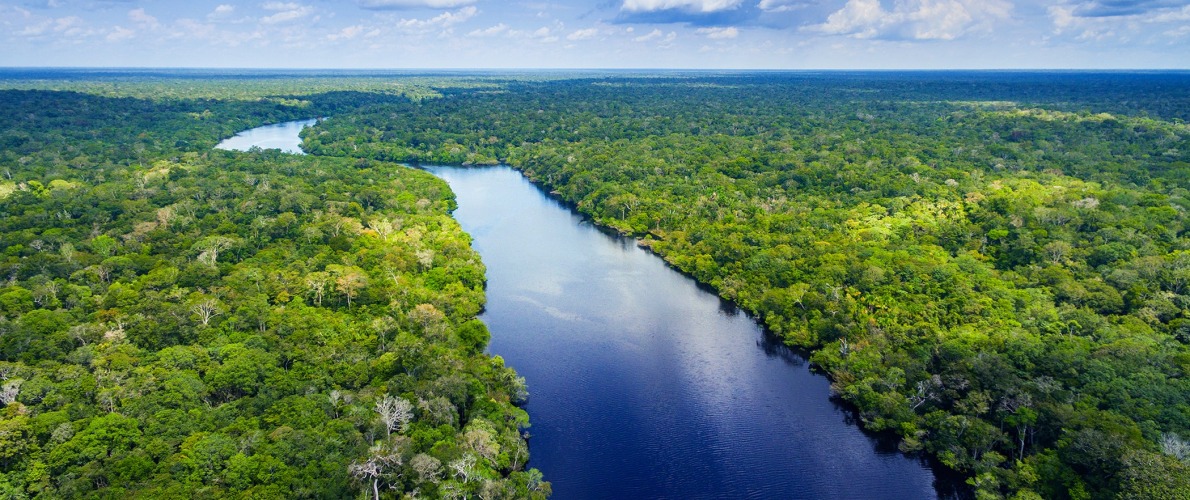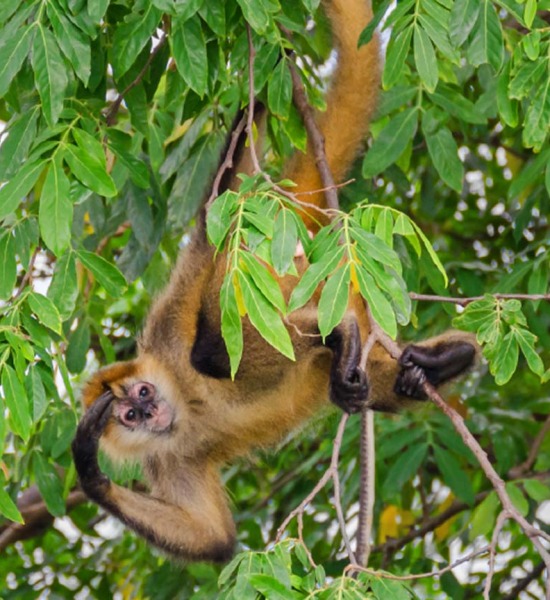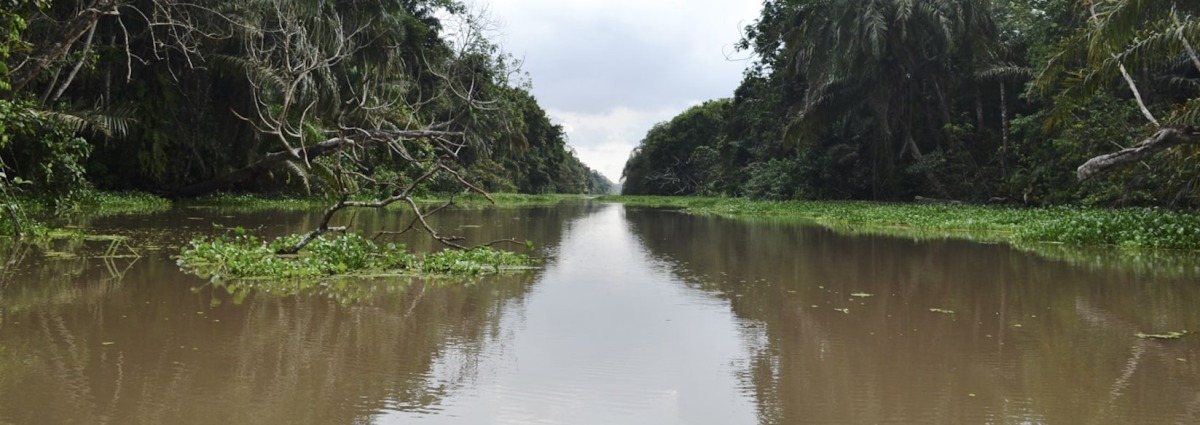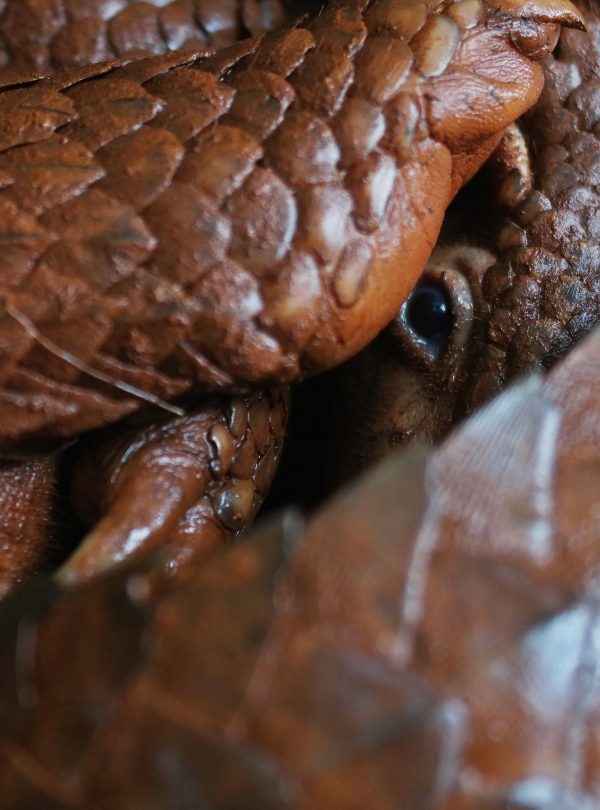
Saving Palawan’s Endemic Wildlife
Support More Work Like ThisSupport More Work Like ThisThis forest covers more than half the island and harbors remarkable concentrations of endemic and endangered species.
-
Species at Risk
Palawan bearcat (VU), Palawan leopard cat (DD), Palawan hornbill (VU), Palawan scops owl (NT)
-
Carbon stored
(Not Calculated)*
*(metric tons of CO2 equivalents) -
Partner
Centre for Sustainability
-
102,178 Proposed Acres Conserved by
Designation
-
Project Cost: $203,956

102,178
This forest covers more than half the island and harbors remarkable concentrations of endemic and endangered species.
-
Species at Risk
Palawan bearcat (VU), Palawan leopard cat (DD), Palawan hornbill (VU), Palawan scops owl (NT)
-
Carbon stored
(Not Calculated)*
*(metric tons of CO2 equivalents) -
Partner
Centre for Sustainability
-
102,178 Proposed Acres Conserved by
Designation
-
Project Cost: £168,558

102,178
Located between the South China and Sulu Seas, the island of Palawan contains one of the oldest, largest, and most diverse rainforests in Southeast Asia. This forest covers more than half the island and harbors remarkable concentrations of endemic and endangered species. With so many rare species dependent on Palawan’s natural environment, the protection of its rainforest is a conservation priority of global importance.
Until recently, the island’s relatively small population has put limited pressure on its natural ecosystems, but a series of threats now pose serious challenges. These include logging, hunting, and rapid urbanization. Among Palawan’s most threatened ecosystems are the spectacular forests surrounding Cleopatra’s Needle, one of the island’s highest peaks. To prevent the destruction of these forests and safeguard numerous Palawan endemics, Rainforest Trust is working with our partner in the Philippines, the Centre for Sustainability, to create the 102,178-acre Cleopatra’s Needle Forest Reserve. The reserve will also protect territory for one of Palawan’s disappearing indigenous tribes.
Explore the Philippines

The Palawan Bearcat


A Monitor Lizard, Varanus Palawanensis, in the forests of Palawan, the Philippines. By Robin Moore.
Biodiversity
The Philippine Islands are recognized internationally as a hotspot for global biodiversity. While many areas in the Pacific nation have suffered extensive deforestation, the rainforests of Palawan remain impressively intact. These forests are ranked as one of the 15 most endemic ecoregions in the world.
Eighty-five percent of Palawan’s endemics are found on and around Cleopatra’s Needle. The lowland forests included in the proposed reserve are home to the last viable populations of several critically endangered species. In total, 31 endangered and threatened species inhabit the forests of Cleopatra’s Needle. • Of 279 bird species found on Palawan, 27 are endemic to the Philippines. Notable species at Cleopatra’s Needle include: Palawan hornbill, Palawan peacock pheasant, Palawan scops owl, Palawan flycatcher. • Nearly 60 terrestrial mammal species have been recorded on Palawan, and 33% are endemic to the Philippines. Recorded species at Cleopatra’s Needle include: Palawan bearcat, Palawan leopard cat, Palawan flying squirrel. • Three species of Cycad palms, endemic to Palawan, are found in the forests of Cleopatra’s Needle. A new species of pitcher plant, known only from Cleopatra’s Needle, has been discovered. • In the forests of Palawan, 24 endemic reptile species can be found, including the seven-foot-long Palawan monitor lizard. • The forests of Cleopatra’s Needle are home to one of the largest butterflies in the world: the Palawan birdwing, which have an eight inch wingspan. The southern and eastern hills of Cleopatra’s Needle are home to the last populations of the endangered Palawan horned frog, and nearby creeks contain the largest remaining population of the threatened Philippine flat-headed frog. Evidence suggests that the endangered Palawan toadlet can also be found on the peak of Cleopatra’s Needle, although this has yet to be confirmed.
Challenges
While logging, mining and urbanization have destroyed almost 70% of the Philippines’ rainforest, the ancient forests surrounding Cleopatra’s Needle have been spared. The situation, however, is rapidly changing as population growth increases human demands on the natural landscape.
The need for construction materials has increased logging; hunting and trapping have become more common; and a growing land speculation market will certainly result in widespread habitat fragmentation.
Communities
Nearly 20% of Palawan’s population is composed of indigenous groups that rely on subsistence fishing and farming to survive.
The forests of Cleopatra’s Needle are home to the last 200 members of the Batak tribe. Originally from Papua New Guinea, the Batak are thought to be among the first humans to settle in the Philippines. Once a nomadic people, they have settled in small villages and generate income by harvesting and selling a variety of forest products, including rattan, tree resins, and honey. Collection methods used by the Batak are extremely sustainable and have been studied by commercial operators to improve harvesting.
Solutions
To protect the forest of Cleopatra’s Needle, our partner, The Centre for Sustainability, will work with the Puerto Princesa city government to designate and enforce protection of the proposed reserve. Principle goals of the project are:
• Implement a delineation program to identify and mark the remaining forests and other valuable habitats on and around Cleopatra’s Needle that will form the Cleopatra’s Needle Forest Reserve • Create an efficient management plan for the proposed forest reserve • Increase the efficiency of law enforcement in the area through forest guard training courses • Improve the livelihood of the Batak people through the creation of ecotourism activities



Partnering to Save the Rainforest
Our partners’ ability to work with their governments and build strong connections with local communities ensures the successful implementation of our projects.
Learn More About This PartnerLearn More About This Partner
